Dogs have earned the title of “man’s best friend” for good reason. Their wagging tails, excited greetings, and loyal companionship often leave us wondering: do they truly love us, or are their affections purely instinctual? While we know dogs are capable of forming strong attachments, the depth of their emotional connection to humans has been the subject of both scientific inquiry and heartfelt speculation.
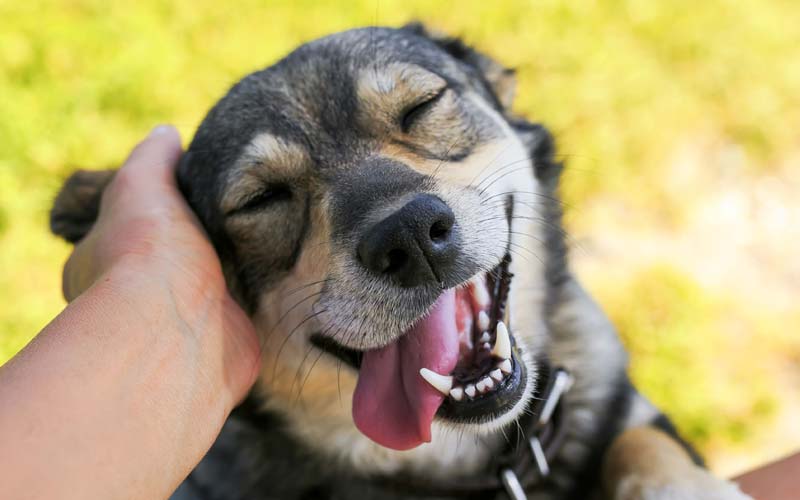
Understanding whether dogs love us goes beyond curiosity; it helps strengthen our bond with them and ensures their emotional needs are met. Recent research has uncovered fascinating insights into canine behavior, including how oxytocin, the so-called “love hormone,” plays a role in their interactions with humans. From tail wags to tender gazes, dogs exhibit behaviors that suggest their affection is more than just loyalty—it’s a genuine emotional connection.
In this article, we’ll explore the science behind a dog’s capacity for love, decode the signs of affection they display, and offer tips on how to deepen the relationship with your four-legged friend. Whether you’re a long-time dog owner or simply fascinated by the emotional lives of animals, this guide will shed light on one of the most cherished bonds in the animal kingdom.
1. The Science of Canine Love
The Evolution of the Dog-Human Bond
The bond between dogs and humans is a product of tens of thousands of years of co-evolution. Originating from wolves that began to associate with human settlements, early dogs adapted to living alongside humans, leading to mutual benefits such as protection, companionship, and assistance in hunting. This long history has fostered a unique interspecies connection, where dogs have evolved to understand and respond to human cues more effectively than any other animal. Studies consistently highlight dogs’ remarkable loyalty and attachment to their owners, showcasing behaviors that go beyond mere domestication. For instance, research has demonstrated that dogs are adept at reading human emotions and responding with empathy, further solidifying their role as beloved companions.
What Science Says About Dogs Feeling Love
Scientific advancements have provided deeper insights into the emotional lives of dogs, particularly regarding their capacity to feel love. Central to this understanding is oxytocin, often referred to as the “love hormone.” When dogs interact positively with their owners—through petting, eye contact, or playing—their oxytocin levels increase, mirroring the hormonal responses seen in human bonding. This biochemical evidence suggests that dogs experience a form of love rooted in their physiological responses.
Moreover, MRI studies have revealed that dogs’ brains exhibit activation in areas associated with emotional processing when exposed to their owner’s scent. These neural responses indicate a profound recognition and emotional connection, akin to the way humans respond to loved ones. Such research underscores that the affection dogs show is not merely instinctual but is supported by measurable neurological activity. Together, these scientific findings affirm that dogs possess the emotional capacity to form deep, loving bonds with their human counterparts.
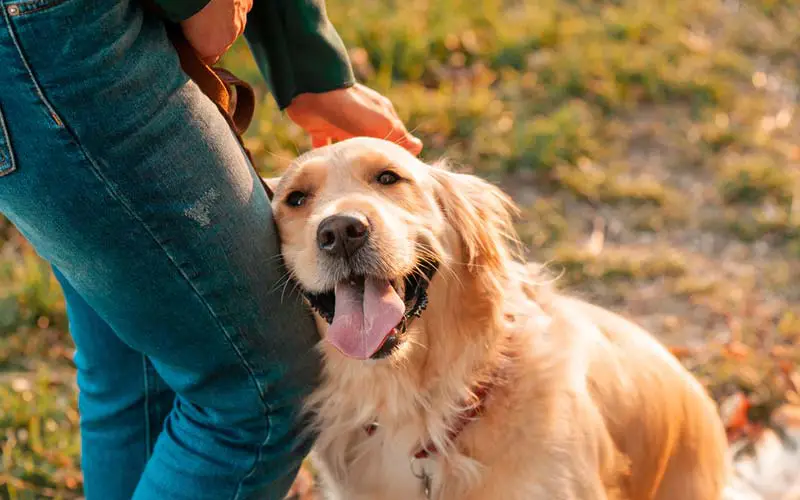
2. Behavioral Signs Your Dog Loves You
Dogs may not be able to say “I love you,” but their actions often speak louder than words. Their behaviors provide clear indicators of affection, rooted in their natural instincts and emotional attachment to their owners.
Enthusiastic Greetings
One of the most unmistakable signs of your dog’s love is the sheer joy they display when you return home. From tail wagging and jumping to happy barks, these exuberant welcomes reflect their excitement to see you. This behavior is more than just routine; it’s a heartfelt display of attachment, as dogs often save their most enthusiastic greetings for the people they care about most.
Physical Closeness
Dogs are naturally drawn to those they trust and love, often expressing this by leaning against you, cuddling, or following you from room to room. This physical proximity is their way of staying connected, seeking comfort, and showing their loyalty. If your dog prefers to sleep near you or rest their head on your lap, it’s a sign of deep emotional bonding.
Eye Contact
When a dog holds your gaze, it’s not just curiosity—it’s affection. Studies show that mutual eye contact between a dog and their owner triggers the release of oxytocin, the “love hormone,” for both parties. This loving gaze signifies trust, comfort, and emotional intimacy.
Bringing Gifts or Toys
If your dog brings you their favorite toy or an item they’ve discovered, it’s not just a play invitation—it’s a sign of affection. Sharing their prized possessions reflects their instinct to bond and include you in their joy.
Protective Behavior
Dogs often act as guardians, staying close when you’re feeling upset or under the weather. This protective instinct highlights their care and loyalty, demonstrating that they recognize and respond to your emotional state.
These behaviors collectively showcase the deep affection and bond your dog feels for you, providing constant reminders of their love and devotion.
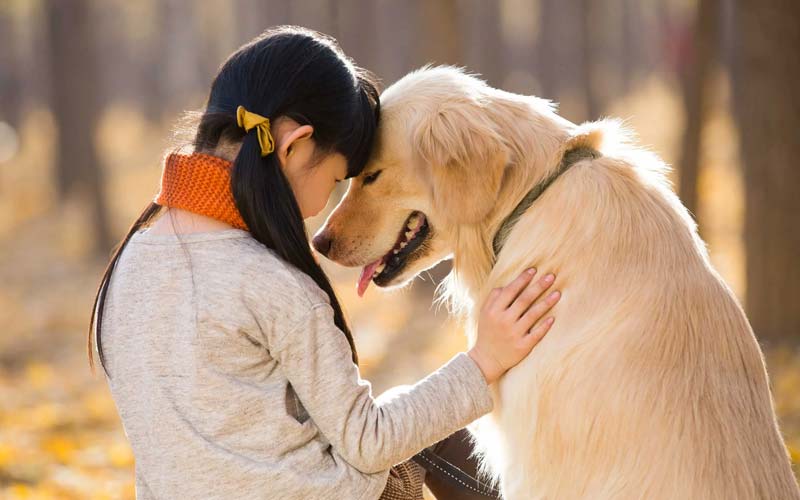
3. Love or Loyalty? The Psychology Behind It
What Drives Dogs’ Affection
At their core, dogs are pack animals, deeply influenced by instincts that prioritize social bonds and cooperation for survival. In their relationship with humans, this instinct translates into loyalty and affection. By providing food, shelter, and companionship, humans become a dog’s surrogate pack, fostering a strong sense of attachment. This bond goes beyond practicality; dogs thrive on social connections and seek emotional closeness, which is why they often follow their owners or seek their attention.
The Difference Between Love and Attachment
While dogs exhibit behaviors that resemble human love, their emotions are rooted in their unique psychology. Unlike humans, who form emotional connections through complex thought processes, dogs express love through instinctual actions and responses. This doesn’t diminish the depth of their feelings—it’s simply a different form of love. Their attachment is genuine, driven by trust, safety, and comfort in your presence. A balanced perspective acknowledges that while dogs may not “love” as humans do, their bonds with us are just as meaningful and profound.
The Role of Positive Reinforcement
A dog’s affection grows stronger with consistent kindness and care. Positive reinforcement, such as treats, praise, or affectionate gestures, not only encourages good behavior but also reinforces their bond with you. Dogs associate these positive experiences with their owners, deepening their trust and attachment. Building a strong relationship based on mutual respect and love ensures that your dog feels secure and valued.
By understanding the psychological basis of a dog’s affection, we can better appreciate their unique way of expressing love and nurture a bond that is both enduring and fulfilling.
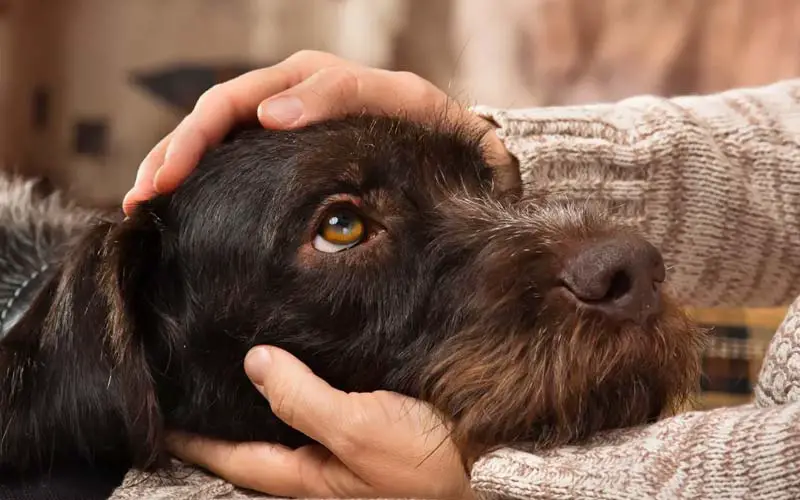
4. How to Strengthen the Bond With Your Dog
A strong bond with your dog doesn’t just happen—it’s built through intentional actions and shared experiences. By investing time and care into your relationship, you can deepen the connection and foster mutual trust and love.
Quality Time
Spending quality time with your dog is one of the most effective ways to strengthen your bond. Regular walks provide physical exercise and mental stimulation while allowing you to explore the world together. Engaging in playtime with toys or games like fetch reinforces positive interactions and creates joyful memories. Training sessions, even for basic commands, build trust and improve communication, as your dog learns to rely on you for guidance and rewards.
Communication
Understanding your dog’s body language is essential for creating a strong connection. Dogs communicate through subtle cues—such as wagging tails, ear positions, or changes in posture—that reflect their emotions. By responding appropriately, whether to signals of happiness, stress, or excitement, you demonstrate that you’re attentive to their needs and feelings. This mutual understanding enhances trust and makes your bond stronger.
Positive Reinforcement
Rewarding good behavior with treats, praise, or affection reinforces your dog’s sense of security and belonging. Dogs thrive on recognition and will seek to replicate actions that result in positive outcomes. Whether it’s a pat on the head for sitting calmly or a treat for obeying a command, these small gestures contribute significantly to a loving relationship.
Shared Experiences
Shared activities strengthen your bond by fostering trust and companionship. Hiking, agility training, or simply relaxing together during quiet moments allows you to connect on a deeper level. These experiences not only enhance your dog’s quality of life but also create lasting memories that solidify your relationship.
By prioritizing time, communication, and positive interactions, you can ensure your bond with your dog remains strong, fulfilling, and rooted in mutual love and trust.
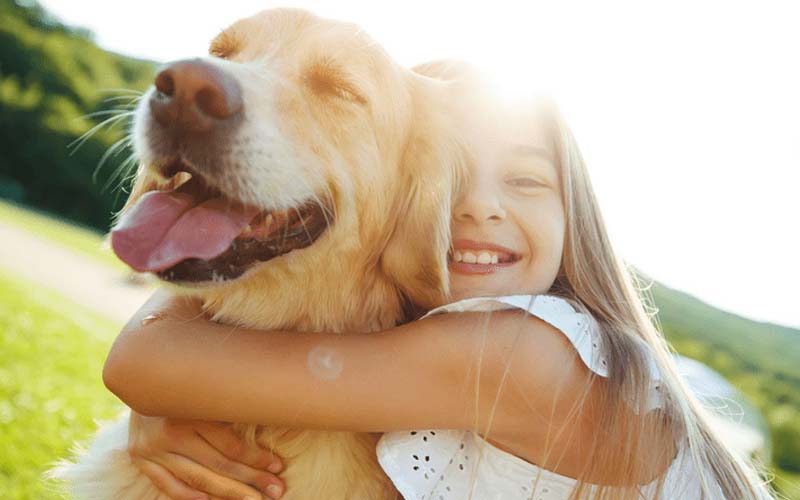
Conclusion: Love Beyond Words
The bond between humans and dogs is one of the most extraordinary relationships in the animal kingdom. From wagging tails to loving gazes, dogs consistently demonstrate their affection in ways that go beyond simple loyalty. Through understanding the science behind their emotional connections, recognizing the behavioral signs of love, and acknowledging the unique psychology that drives their affection, we can see that dogs are indeed capable of forming deep, meaningful attachments to their humans.
To strengthen this bond, it’s essential to spend quality time together, communicate through understanding their body language, and reinforce positive behaviors. Shared experiences and consistent kindness will deepen the emotional connection you share with your dog, creating a relationship rooted in love, trust, and companionship.
Remember, dogs may not express love in the same way humans do, but their actions speak volumes about their devotion. As you continue to nurture your relationship with your dog, take time each day to show them how much they mean to you. Whether it’s through a simple cuddle, a fun walk, or a shared adventure, you’re not just showing love—you’re deepening a bond that will last a lifetime.
So, take action today—spend some quality time with your dog, understand their needs, and express your love in ways that will make your furry friend feel cherished and secure.